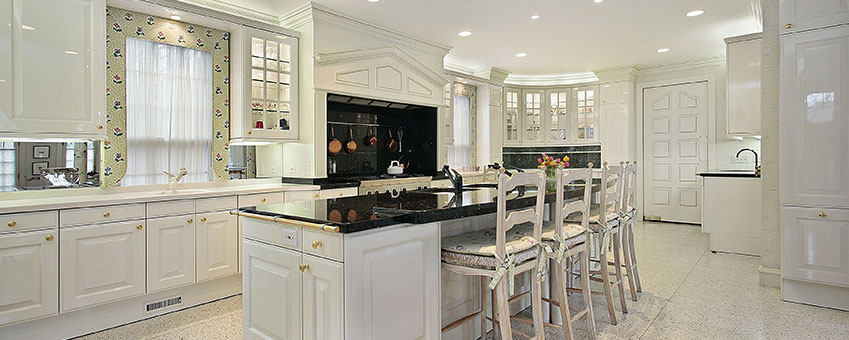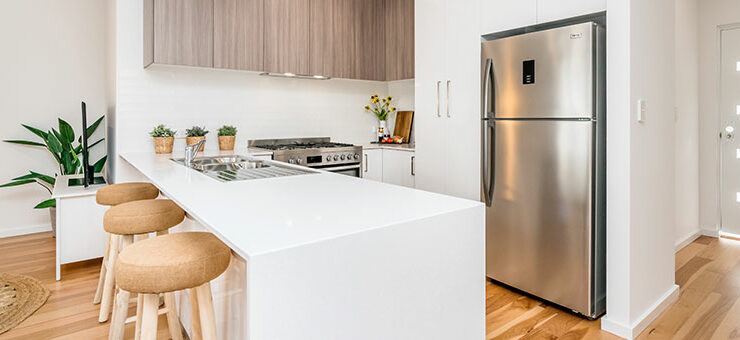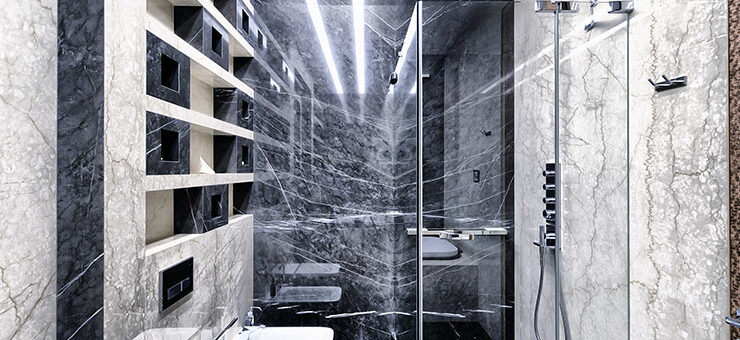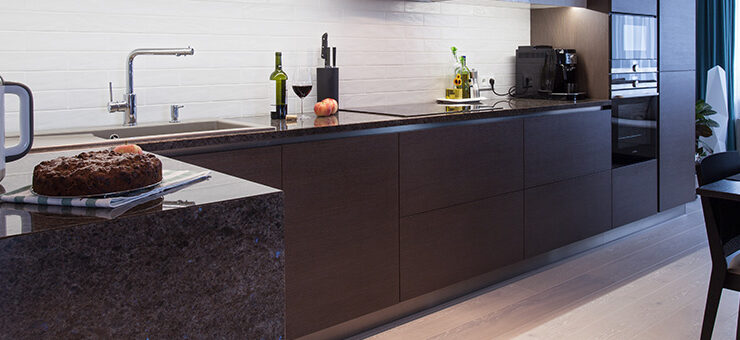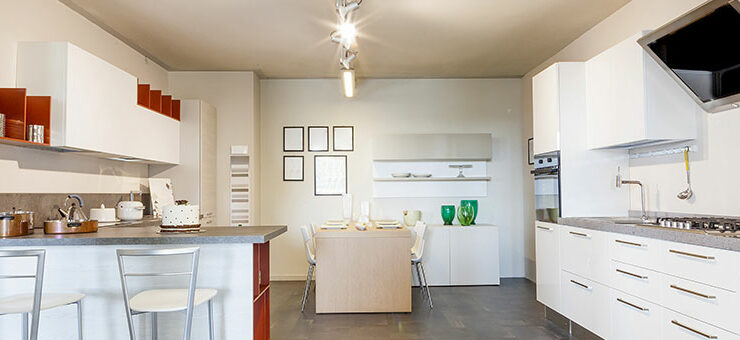One of the most complicated tasks in home renovation is simply making sure that you’re choosing the right material for the room and for your desired look.
Ceramic and porcelain tiling is a beautiful choice that can also have many questions attached to it.
Here’s a handy guide to get you through the question phase and into the creative process of getting your flooring down and your room come to life.
1.Can porcelain tiles get stained?
As much fun as it sounds to have your new floor succumb to discoloration after an inevitable spill mishap, you’d really rather not watch your work and money drown in a juice splotch.
Good news: True porcelain is is vitreous (glass-like) and is considered non-porous. So it won’t stain.
2. My bathroom floor is tiny. Can I use large tiles?
One simple answer: Yes! As the trend for larger tiles continues to grow, the most popular size of tiles for the typical bathroom is 12″x 24″, double that of the 12″x12″ which was the standard less than 10 years ago.
Choosing large bathroom tiles actually helps the space feel bigger than it actually is by having fewer grout lines. (Which ultimately means less time cleaning).
Also, the grandiosity of this look gives a polished, luxurious feel that makes for a brand new space.
3. Do my tiles need to be sealed?
The good news is that no glazed ceramic tiles (including porcelain) need to be sealed.
If it is unmodified cement, the grout does need to be sealed and maintained in order to prevent stains, mold and mildew.
There are a variety of sealers available, so you will need to select one for your specific needs.
Many professionals now recommend a fluorochemical-based sealer for best results.
4. Should I choose contrasting tiles for the floor and wall, or use the same color for both?
This depends on the type of room that you are working in.
As with all design, some general suggestions apply, but one joy of home remodeling is the ability to personalize and make your space you own.
Typically in smaller bathrooms, using the same colors makes the room look larger. In a more spacious area, you may want to bring in some contrast to add a touch of definition.
A popular current scheme is monochromaticity, using geometric shapes and textures to break up, define and add character.
The options are virtually unlimited; ranging from different colors, shapes, sizes, and designs.
Styles such as contemporary, rustic, contemporary, traditional can include convincing likenesses to wood and stone as well.
5. Can I put porcelain or ceramic on the wall?
Simply stated, floor tile is for the floor and wall tile… you guessed it, should be used for walls.
A convenient system of ratings known as Porcelain Enamel Institute (PEI) indicate the proper usage area for tiles.
It’s a 0 to 5 scale which is set up to identify the places where you can safely install tile.
For example, a system of zero means that no foot traffic should cross the tile, or in other words, it’s for wall only.
From there the classes grow in foot traffic (such as class 1 for bathrooms in most houses, 3 for kitchens, 4 and 5 for the heaviest of living spaces).
Using this incredibly helpful scale will ensure that you get exactly what you need to make your room uniquely stylish.
Ceramic or porcelain tile options
Home remodeling should be nothing short of creative, satisfying, and fun.
Don’t let uncertainty or questions weigh you down in your journey toward creating the exact space that you’ve dreamt up.
VKB Kitchen and Bath is here to partner with and equip you with all of the tools and help that you need.
